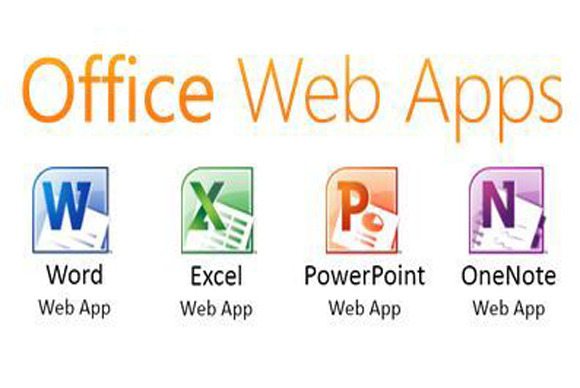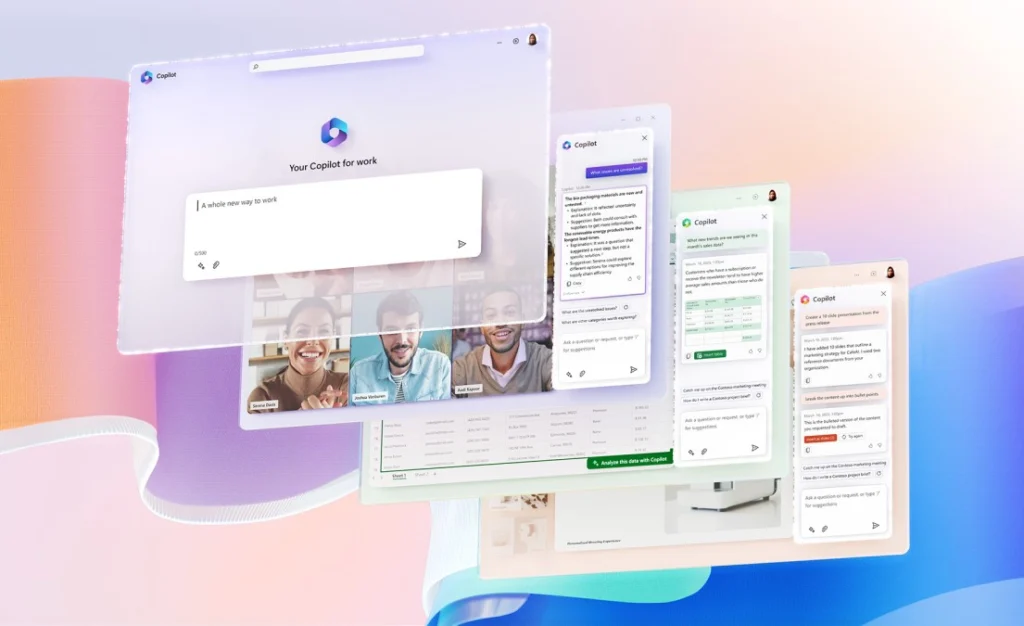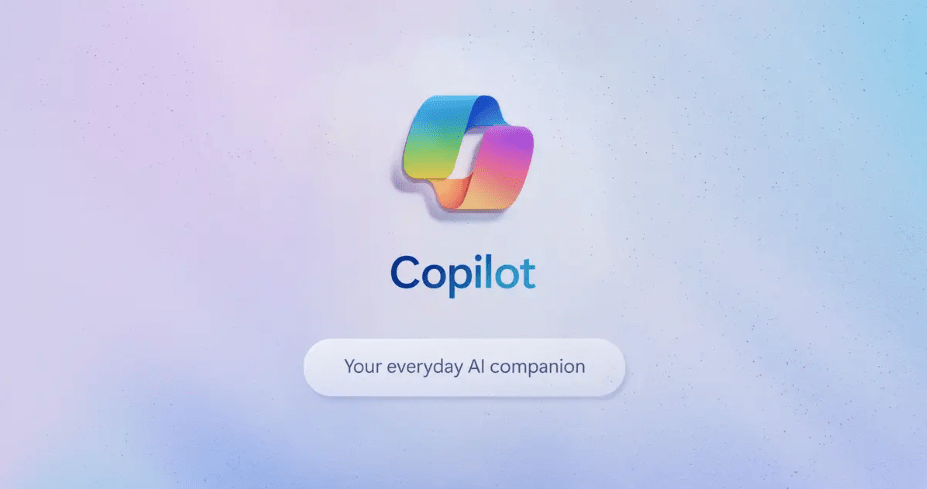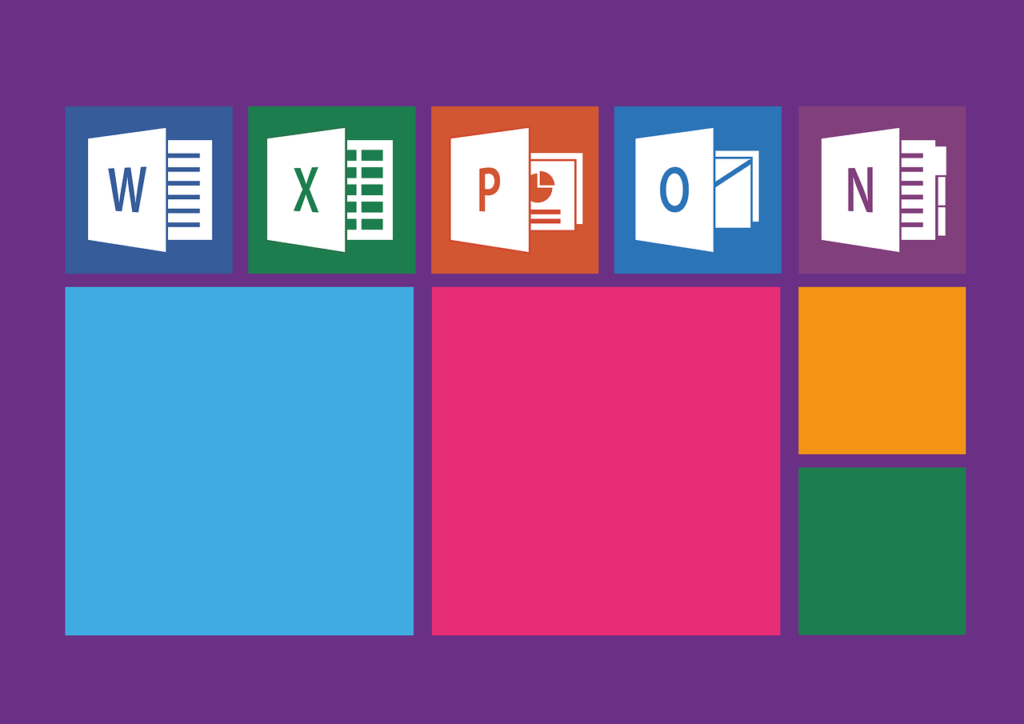Microsoft has declared Thursday, Nov. 7, to be “Get It Done Day,” and in that spirit it’s rolling out significant changes for Office Web Apps, the free Web-based complements of the core Microsoft Office applications.
Traditionally, Microsoft has viewed Office Web Apps as a companion to the full suite of desktop applications—tools with limited functionality designed to allow those with Microsoft Office to continue to get things done even when they’re not at their primary PC. The new and improved apps are designed to provide a standalone productivity experience closer to the “real thing.”
What’s new
From Microsoft’s perspective, the biggest news with Office Web Apps is the substantial improvement in co-authoring functionality.
Peers, friends, or family can create, add, and modify content simultaneously in the Word, Excel, or PowerPoint Web Apps. Microsoft added real-time presence that identifies where your various collaborators are currently working in the document, so you can make sure two people aren’t editing the same thing and easily avoid conflicts.
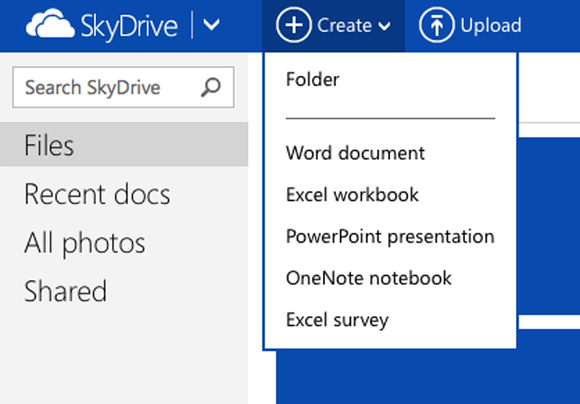
The biggest change, though, is that the Save button is gone. The previous incarnation of “real-time” co-authoring in Office Web Apps required users to frequently save their work and would only refresh what co-authors could see from their end as the information was saved. The new Office Web Apps displays all text and formatting changes as they happen and everything is saved automatically as you go.
The Word Web App now includes Find and Replace and lets users apply style and formatting to tables, insert headers and footers, and more. In the Excel Web App, you can now drag and drop cells, reorder worksheets within a workbook, and provide a summary analysis of selected cells at the bottom of the display just as in the desktop equivalent. The PowerPoint Web App comes with picture cropping capabilities and more control over the visual appearance of the presentation.
Hands-On
I had an opportunity to play with the Office Web Apps in a demo environment for the past few days. In fact, I created and edited part of this post using the new Word Web App. The experience was very smooth and fluid. The letters appear on the Web-based Word doc just as quickly as they do when I type them in Microsoft Word locally.
The ribbon interface at the top of the display in each of the Office Web Apps is more sparse than the current desktop versions, but it provides easy access to the most used formatting and features.
The real test, though, of the Office Web Apps experience is how well they work from a tablet like an iPad. Microsoft CEO Steve Ballmer has insisted for years that Microsoftdoesn’t need to create native iOS or Android tablet apps for Microsoft Office because tablet users can access Office Web Apps through their Web browsers. The problem is that the hobbled features of Office Web Apps were no match for the capabilities and experience of a native app. Maybe the new, improved version could deliver on Ballmer’s promise.
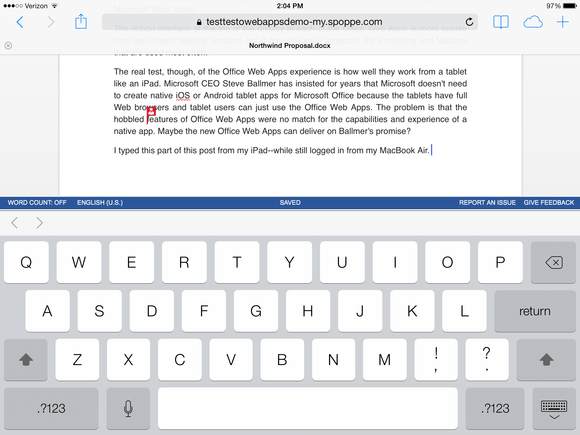
I typed this part of this post from my iPad while still logged in from my MacBook Air. A red flag appears in the text to indicate the presence of my MacBook Air login within the document, and my changes from either device were updated and reflected on the other system in real-time…
Read the full article at PCWorld: Microsoft expands Office Web Apps functionality.
- Why Data Security Is the Real AI Risk - June 30, 2025
- Why Being Bold Matters in Cybersecurity—and Branding - June 3, 2025
- Gear Tested and Approved: My Top Picks for Dads and Grads This Season - May 28, 2025
